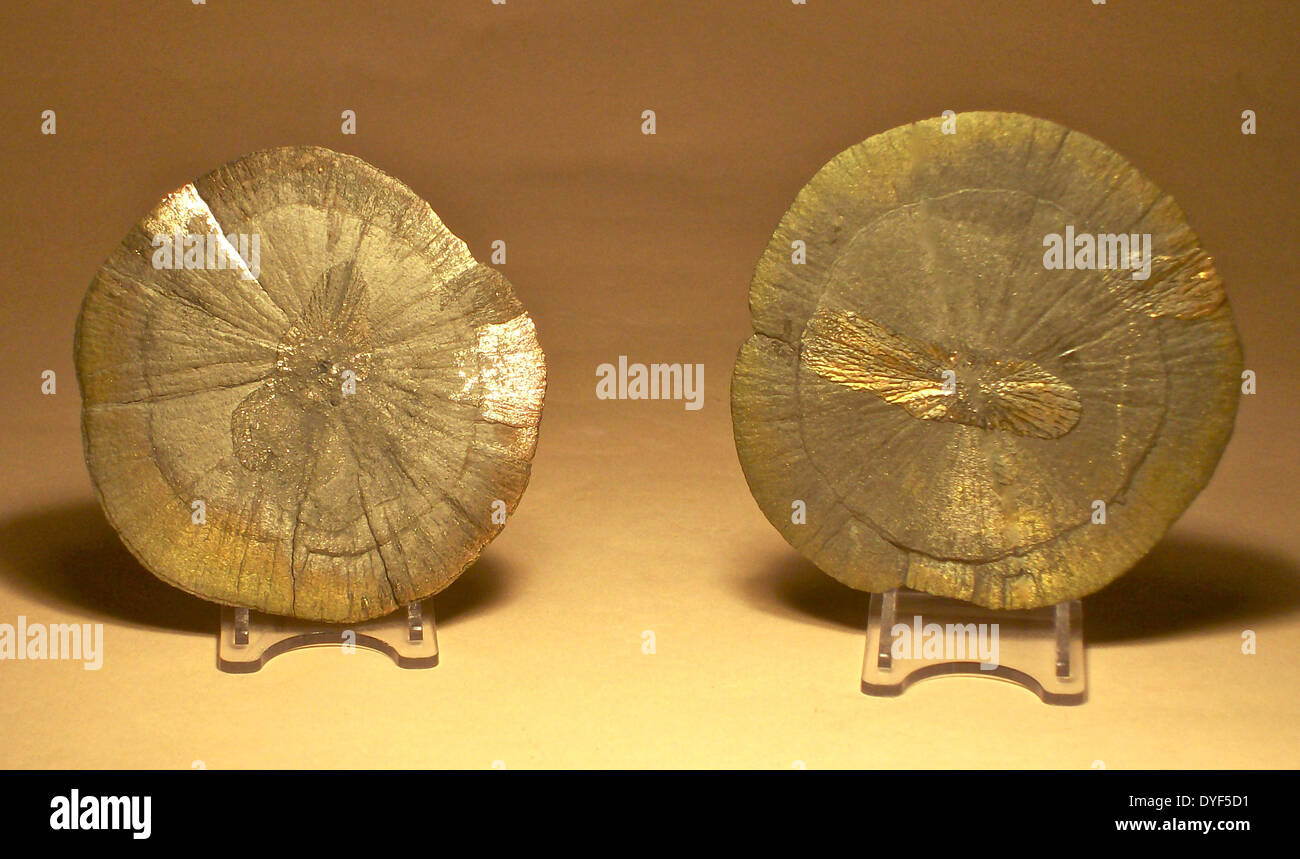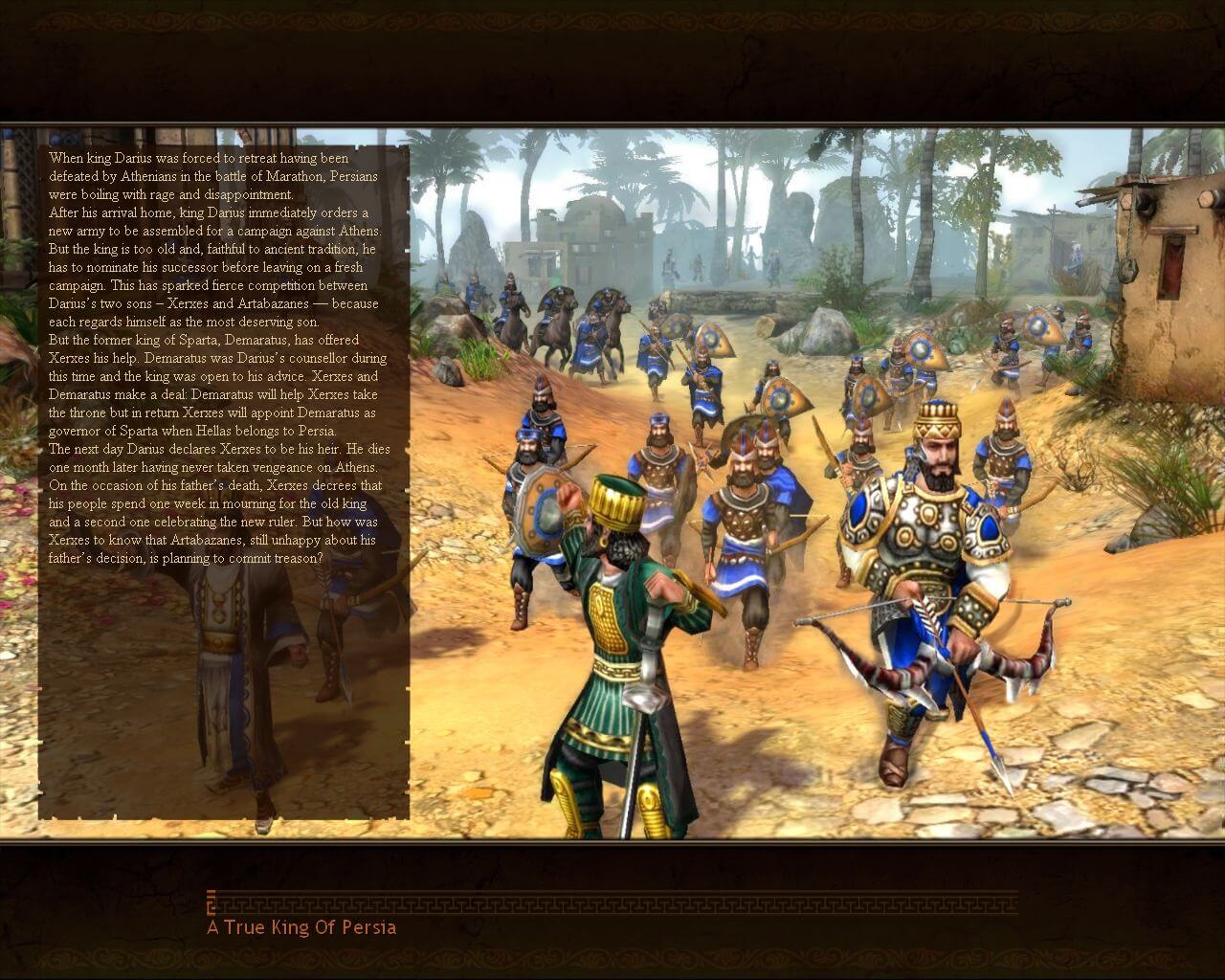
Launched by the Office of Naval Intelligence, the project was named after the Greek mythological hero Orion. The genesis of the SPARTAN programs occurred in 2321 with the activation of the ORION Project. The Spartans' formidable resilience resulted from their rigorous training in the agoge, which started when they reached the age of 7. All of the Spartans were eventually killed, but they successfully killed 20,000 Persians (according to Herodotus), and bought the Greeks time to prepare a better defense for Greece. During this war, the Battle of Thermopylae occurred, in which 300 Spartan soldiers leading 5000 other Greeks under the command of Leonidas I, held back a significantly larger force of Persian soldiers. The wars between invading Persians and defending Greeks would be known as the Greco-Persian Wars, and lasted from 499-448 BCE. The Spartan soldiers of the UNSC are named after the Spartans of Ancient Greece, specifically during the time of the Persian invasion led by Xerxes I. Initially the three separate programs were humanity's various attempts to create the perfect soldiers, in order to patrol the colonies, protect civilian and government populations, crush uprisings in their infancy and ensure others don't rise up as a result. The notion of creating supersoldiers first arose as a plan to enhance normal human soldiers into powerfully augmented special operations commandos. Spartans have been deployed numerous times throughout human conflict, leading up to and during the Human-Covenant War. Since the establishment of these protocols humans have been using performance-enhancing equipment and augmentations to make them stronger and faster than previously possible. The basic concept for the SPARTAN programs has been around since the late 22nd century when the first bioengineering protocols were developed for the Interplanetary War.

4.1 UNSC Pelican Boarding Craft (Spartans).3.1 ORION Project augmented personnel ("Spartan-Is").The Spartan supersoldiers have traditionally been supplied with state-of-the-art equipment and technology, the most iconic being the MJOLNIR Powered Assault Armor first worn by the Spartan-IIs and later utilized to a great extent by the SPARTAN-IV supersoldiers. While formerly serving within the various conventional military branches of the UNSC (mainly the Navy), the Spartans were brought under a single organization with the formation of the military branch known as Spartan Operations to accommodate the growing number of Spartans in the fourth-generation program following the end of the Human-Covenant War. The latest installment, SPARTAN-IV, returned to the idea's roots by using consenting adult volunteers primarily drawn from the various special forces units of the UNSC. The subsequent programs, SPARTAN-II and SPARTAN-III, were highly successful, but also controversial because of their dubious ethics concerning the use children as candidates, particularly in the Spartan-II program where risk of injury or death in the augmentation procedures was relatively high. The first major effort to create augmented supersoldiers was the ORION Project, later retroactively dubbed "SPARTAN-I", which used operatives drafted from the UNSC. Although the word "SPARTAN" is written in all capital letters when used in reference to the programs in a formal context, it is not an acronym the supersoldiers are known simply as "Spartans".


Ancient wars sparta number of discs series#
Spartans or SPARTAN Programs are members of a series of United Nations Space Command projects designed to create physically, genetically, technologically, and mentally superior supersoldiers as special fighting units.

They stand alone - undaunted - before the mightiest enemy in the universe. A symbol representative of all incarnations of Spartan programs.


 0 kommentar(er)
0 kommentar(er)
